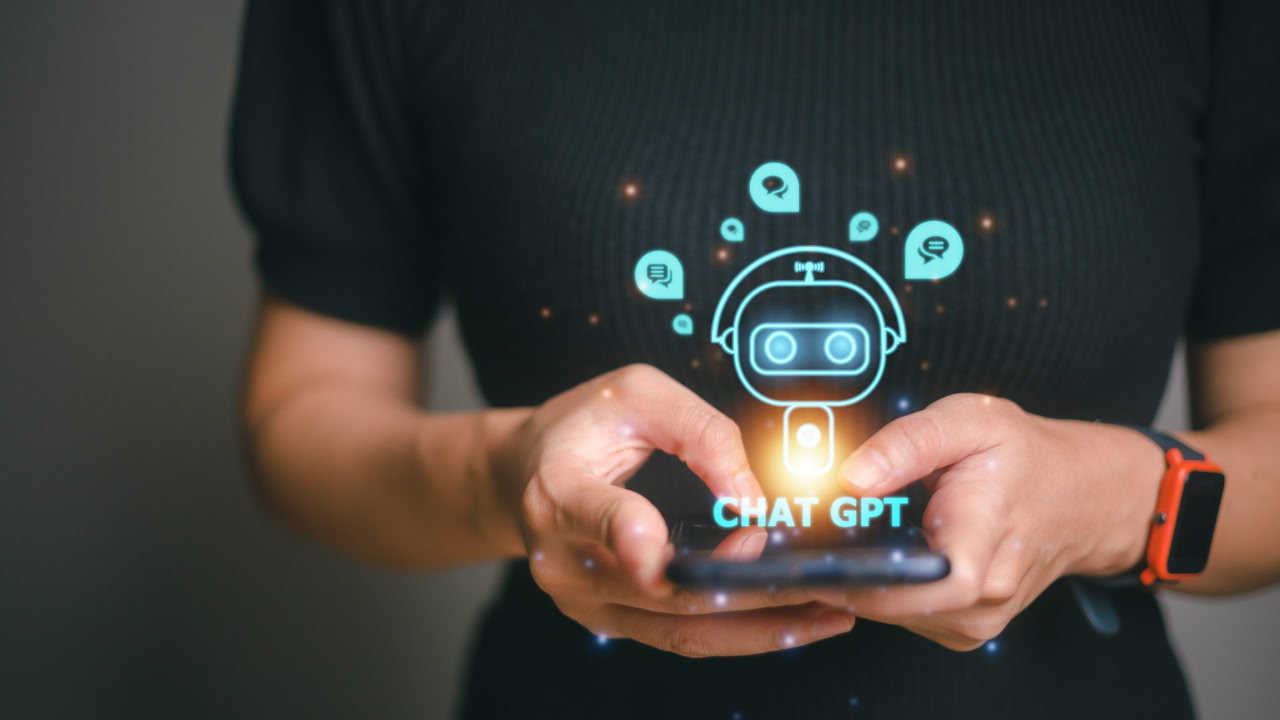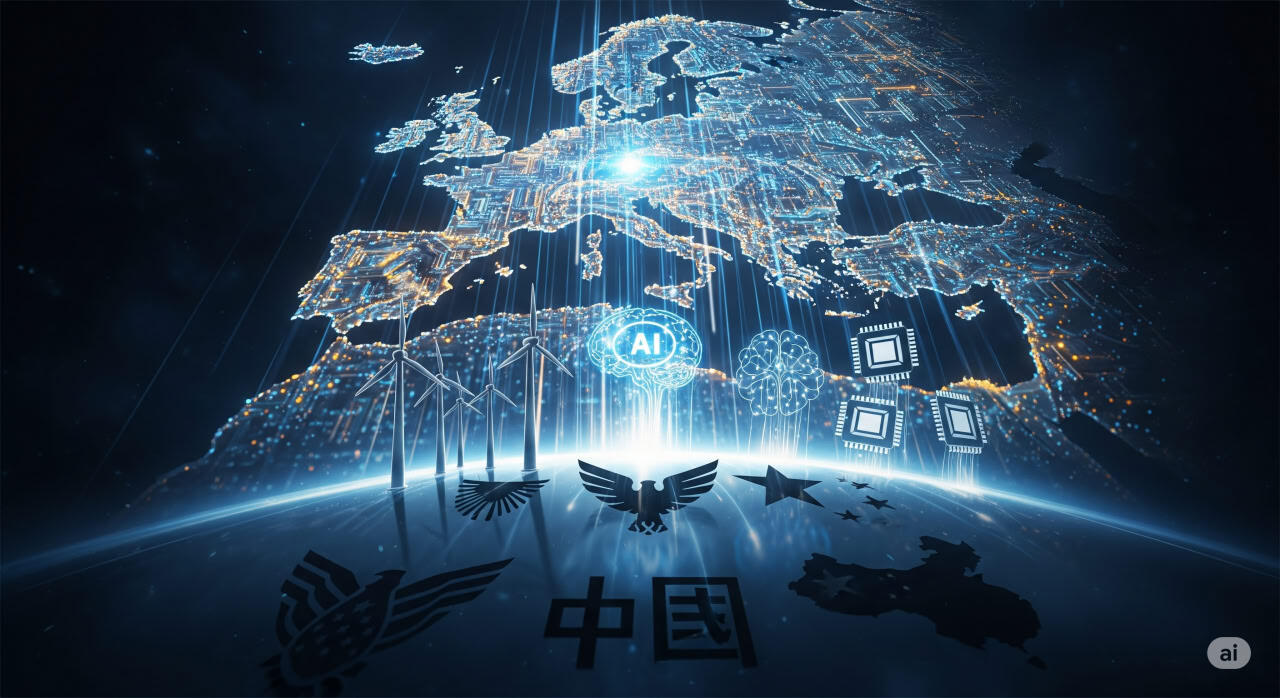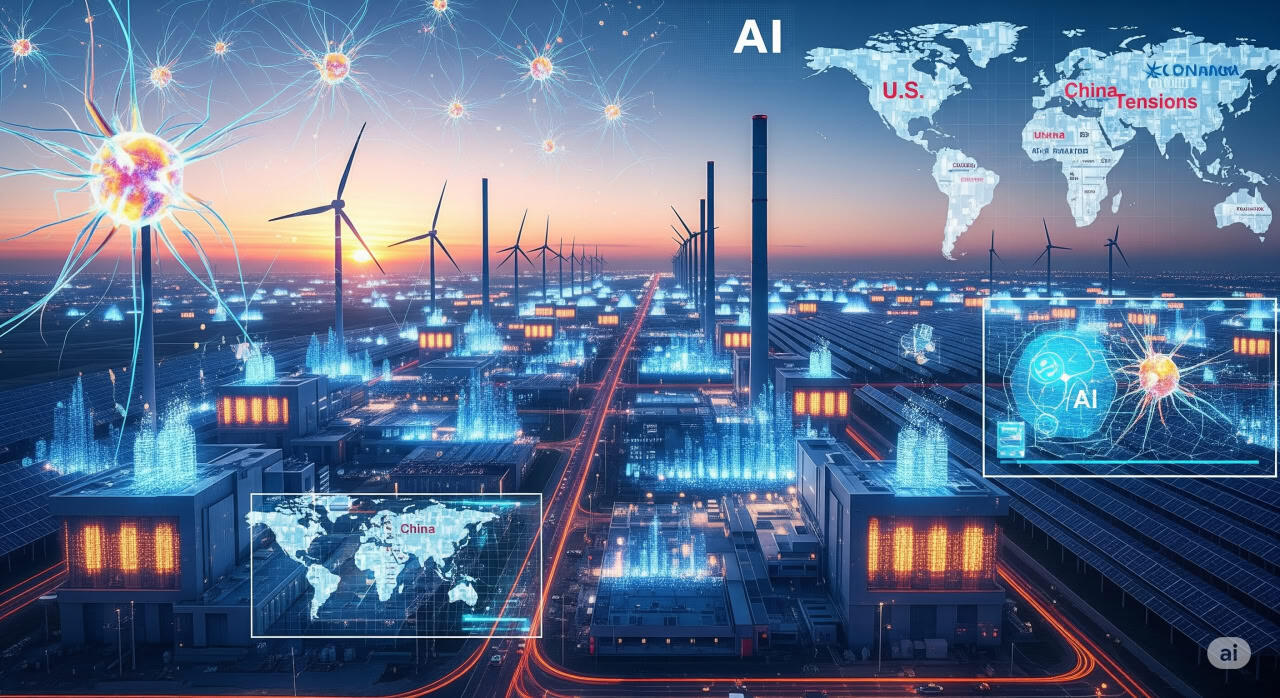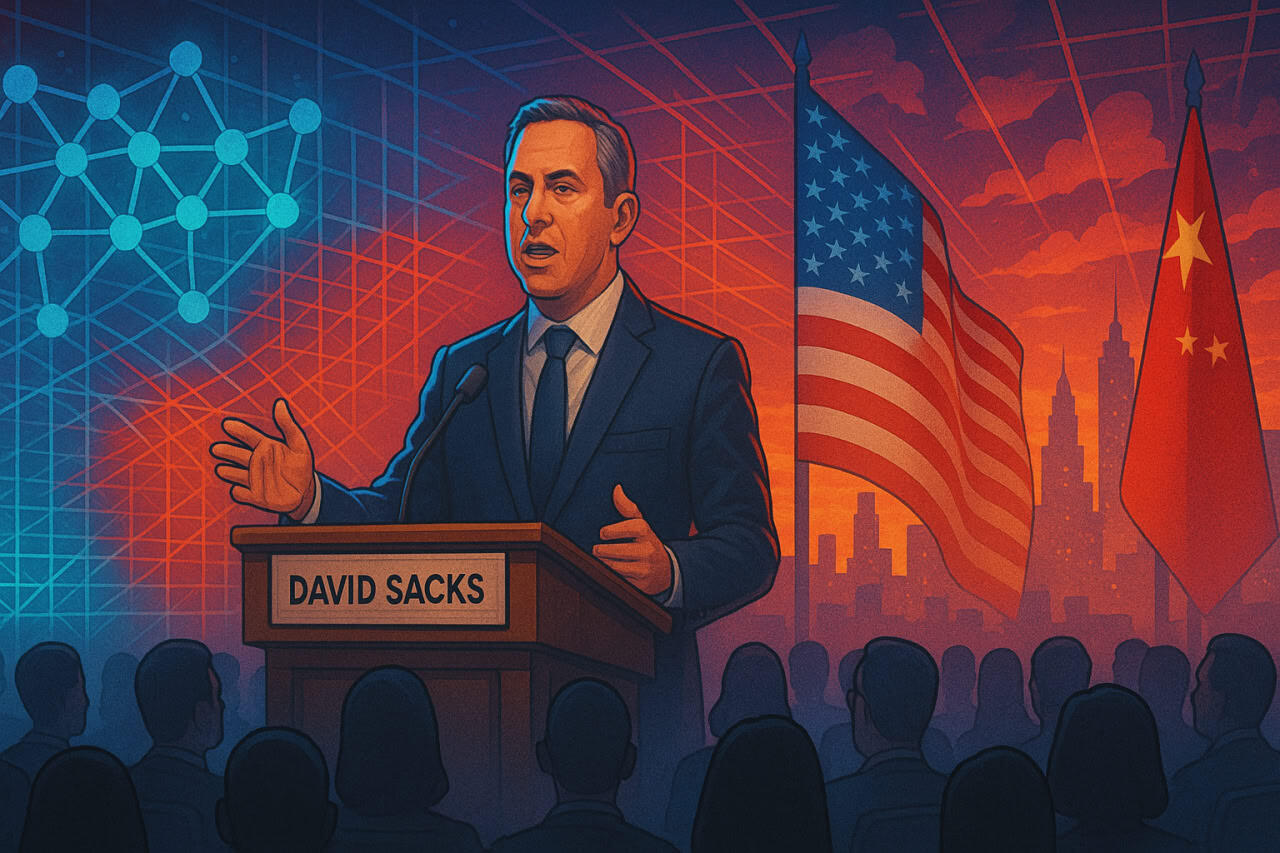From San Francisco to Wisdom: An Unconventional Chat with AI

A New Kind of Conversation
Imagine sitting down with a friend who can see you, guess your location from a quick sketch, and dive into the pages of a classic book—all without missing a beat. That’s the experience I had recently when I fired up a conversation with an AI, testing its limits and marveling at its capabilities. It wasn’t just a tech demo; it felt like a glimpse into the future of how we interact with artificial intelligence. As someone who’s always been curious about where technology is headed, I couldn’t help but wonder: are we on the cusp of a new era where AI becomes our personal guide, educator, and companion?
This interaction, sparked by a casual video call, took me from the iconic Golden Gate Bridge to the timeless wisdom of Charlie Munger. It’s a story that blends personal discovery with broader implications for how AI might shape our lives, our work, and even global innovation. Let’s unpack this journey, step by step.
The Setup: A Sketch and a Surprise
It all started with a simple drawing. I grabbed a pen and sketched the unmistakable silhouette of the Golden Gate Bridge, adding a playful “bonjour developer” in French for good measure. The AI, quick to respond, didn’t hesitate. “That’s the Golden Gate Bridge,” it said with confidence, “so you must be in San Francisco. And you wrote ‘bonjour developer,’ which means hello developers.” I was floored. Not only did it recognize my rough sketch, but it also translated my scribbled note with ease.
For anyone who’s ever visited San Francisco, the Golden Gate is more than a landmark—it’s a symbol of ambition and innovation, a fitting backdrop for a tech experiment. The city has long been a hub for Silicon Valley pioneers, from the early days of the internet to today’s AI revolution. My impromptu drawing session wasn’t just a test of AI vision; it was a nod to a place where technology dreams are born. And the translation? A cheeky reminder of the global reach of coding communities, blending cultures in a single phrase.
I couldn’t help but smile at the AI’s accuracy. It’s one thing to read about machine learning recognizing images, but experiencing it firsthand—especially with my amateur artwork—felt like magic. It raised a question: how far can this technology go in understanding us, not just as data points, but as creative, quirky individuals?
Diving into a Classic: Charlie Munger’s Wisdom
Next, I pulled out a book—Poor Charlie’s Almanac by Charlie Munger, the legendary investor and Warren Buffett’s right-hand man. This isn’t light reading; it’s a collection of Munger’s wit, wisdom, and life lessons, distilled from decades of business acumen. I asked the AI to pick a random page between 1 and 400, and it landed on 126. “Can you give me a brief overview of what’s happening on this page?” I asked, half-expecting a generic summary.
What I got was a gem. The AI explained that page 126 delves into what it called the “Coco Chanel rule for success.” It highlighted how Chanel, the iconic fashion designer, focused on pinpointing the qualities her customers craved and then delivered them with precision. It wasn’t a dry recitation; the AI captured the essence of Munger’s admiration for Chanel’s strategic mindset, turning a business lesson into a relatable story. I was tempted to ask for more details but decided to savor the moment—after all, this was already “pretty amazing,” as I told the AI.
Munger’s work, published as a tribute to his intellectual legacy, draws on historical figures like Chanel to teach timeless principles. Her rise from humble beginnings to fashion royalty mirrors the kind of resilience Munger champions. The AI’s ability to pluck this insight from a specific page underscored its potential as a learning tool. For someone like me, who loves digging into books but doesn’t always have time to scour every page, this felt like having a personal tutor on speed dial.
The Technology Behind the Magic
So, how does this work? The AI I chatted with leverages advanced computer vision and natural language processing, technologies that have evolved rapidly in recent years. Computer vision, which powers the ability to interpret my sketch, has roots in the 1960s but has exploded with deep learning breakthroughs in the 2010s. Companies like xAI, behind tools like Grok, are pushing these boundaries, enabling machines to “see” and “understand” in ways that mimic human perception.
Natural language processing, meanwhile, allows the AI to translate my French phrase and summarize Munger’s text. This tech has been refined through massive datasets and neural networks, making conversations smoother and more intuitive. The geopolitical angle? As AI development accelerates, nations like the U.S.—home to San Francisco’s tech scene—and competitors like China are racing to lead the field. The implications are huge: AI could transform education, business, and even diplomacy, but it also raises concerns about privacy and job displacement.
I found myself reflecting on this. While the convenience is thrilling, there’s a nagging thought: are we handing over too much of our decision-making to machines? For now, though, the practicality of having an AI companion outweighs my worries.
Beyond the Chat: What This Means for Us
This wasn’t just a fun exchange; it hinted at a broader shift. Imagine students using AI to explore textbooks in real-time, or professionals tapping into it for quick insights during meetings. The educational potential alone is staggering—think of kids in remote areas accessing the wisdom of Munger or Chanel without ever leaving home. Globally, this could level the playing field, bringing knowledge to regions underserved by traditional systems.
But there’s a flip side. As AI gets smarter, it could disrupt industries, from publishing to teaching. Munger himself might caution us to balance innovation with caution, a principle he often emphasized. And in a world where geopolitical tensions hinge on technological supremacy, the U.S.’s lead in AI could strengthen its position—or spark new rivalries.
For me, the experience was personal. I love the idea of technology enhancing my curiosity, not replacing it. The AI didn’t just answer my questions; it sparked new ones. What else can it do? How will it evolve? And most importantly, how can I use it to grow?
Looking Ahead: A Future Shaped by AI
As I wrapped up my chat, I couldn’t shake the feeling that I’d witnessed something transformative. This AI isn’t just a tool; it’s a partner in exploration, bridging the gap between human creativity and machine precision. Whether it’s sketching landmarks, decoding books, or sparking ideas, the potential is limitless.
Yet, I’m left with a mix of excitement and caution. The technology is advancing faster than we can fully grasp, and that’s both thrilling and a little unsettling. Will we harness it to solve global challenges—climate change, inequality—or will it widen existing gaps? The answer lies in how we choose to use it.
For now, I’ll keep experimenting, sketching bridges, and flipping through pages with my AI companion. It’s a journey worth taking, and I’m eager to see where it leads. What about you? Are you ready to let AI into your world?




I love how the blog touches on the balance between cutting-edge technology and timeless wisdom. AI is pushing boundaries, but there’s something grounding about its connection to figures like Munger.
The anecdote about the Golden Gate sketch hit home—I’ve had moments where AI seemed to read between the lines in surprisingly human ways. It’s fascinating to think how these interactions might shape how we seek understanding, not just answers.